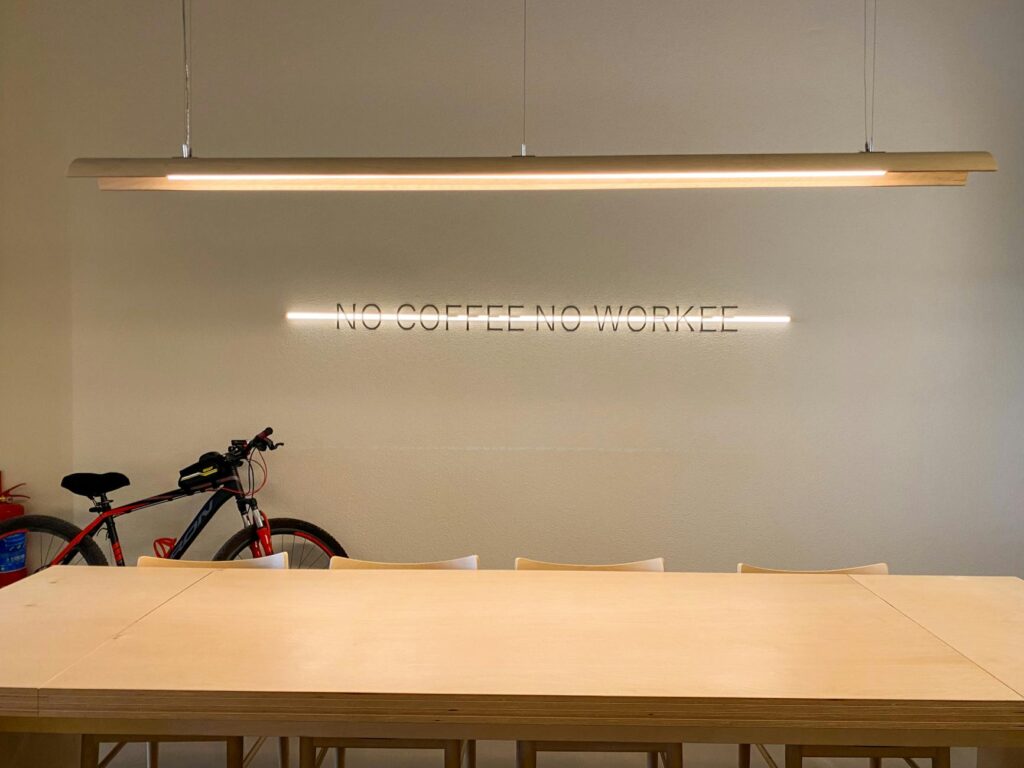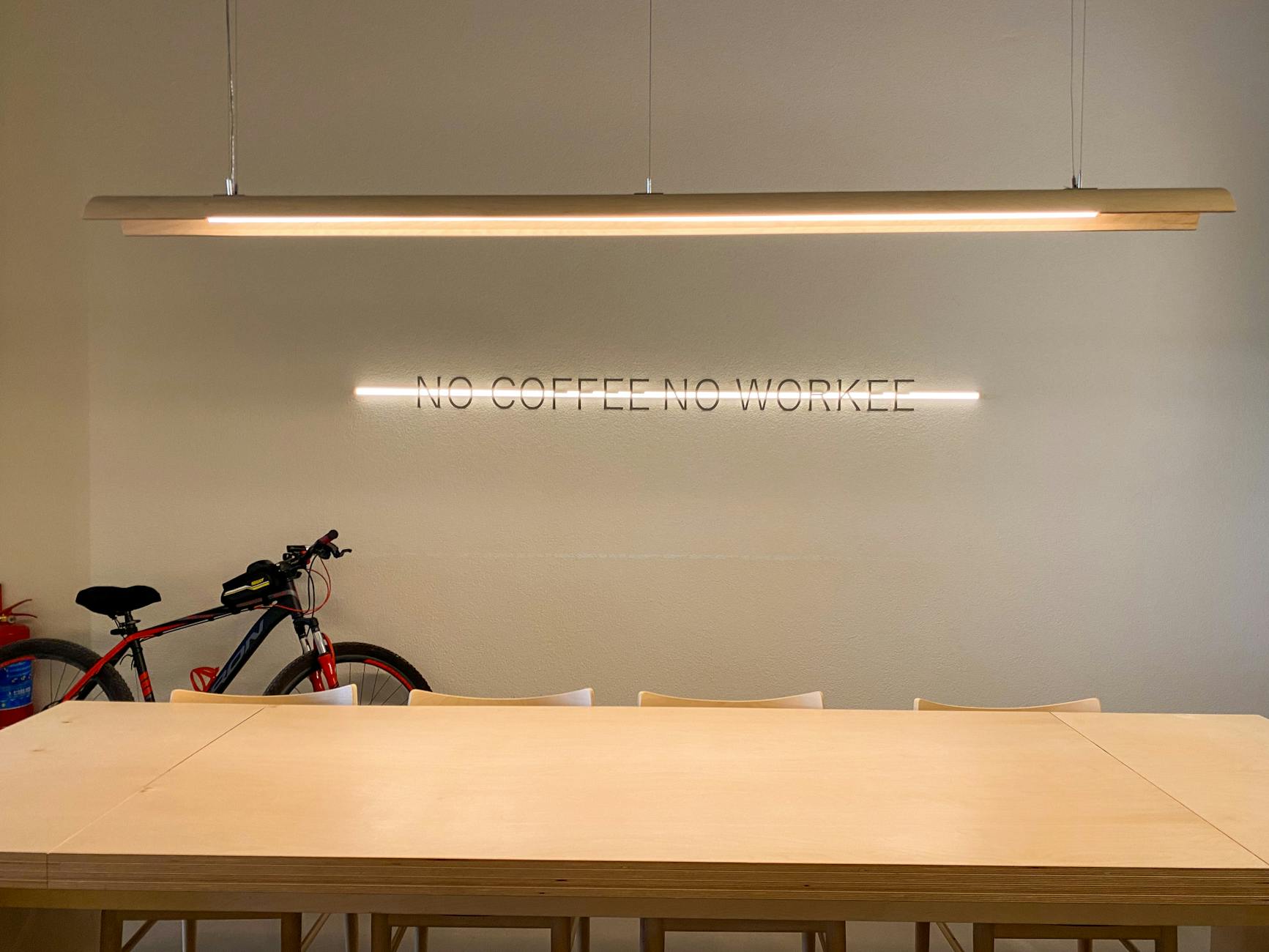What is focus-oriented workspace?

What is focus-oriented workspace?
In today’s fast-paced world, the way we work has dramatically evolved. Traditional offices often filled with noise and distractions are gradually making way for focus-oriented workspaces. These specialized environments cater to our need for concentration, enhancing productivity and fostering a healthier work-life balance.
Understanding Focus-Oriented Workspace
A focus-oriented workspace is designed specifically for maximizing concentration and minimizing distractions. Unlike traditional offices that may foster a chaotic atmosphere, a focus-oriented workspace embraces calmness and quietude. This environment can manifest in various forms, such as private offices, quiet zones in open-plan layouts, or dedicated focus spaces.
What sets these workspaces apart is their strategic layout and design, which prioritize elements like sound control, comfortable furnishings, and effective lighting. It’s about creating an atmosphere that psychologically signals to workers that it’s time to focus.
Key Characteristics of Focus-Oriented Workspaces
Several elements define a focus-oriented workspace:
-
Design and Layout: A well-thought-out design plays a crucial role. Open spaces might seem appealing, but they can also lead to distractions. Instead, incorporating quiet areas or soundproof rooms can create a more conducive environment for focused work. For insights on workspace design, check out this resource on designing for focused work.
-
Technology Integration: Modern focus-oriented workspaces often incorporate technology that supports concentration. From noise-canceling headphones to apps that block distracting websites, the right tools can significantly enhance focus.
-
Personalization: Allowing individuals to personalize their workspace fosters a sense of ownership and comfort. This can be achieved through adjustable furniture, personal decor, and tailored lighting options.

Photo by Esma Çokluk
The Role of Environment in Focus and Productivity
The environment in which you work greatly influences your ability to concentrate. A cluttered, noisy, or poorly lit space can lead to feelings of stress and distraction. Conversely, a clean, organized workspace can promote a clear mind and foster creativity. When the physical space meets psychological needs—like comfort and minimal distractions—productivity naturally increases.
Benefits of a Focus-Oriented Workspace
Transitioning to a focus-oriented workspace comes with several advantages.
Increased Productivity
One of the most significant benefits is heightened productivity. By minimizing distractions and providing a dedicated space for focused work, employees can achieve more in less time. Studies suggest that people are more productive when they can work without interruptions. Creating an optimized workspace allows individuals to dive deeper into tasks, leading to higher output. For more information on productivity in a focused environment, consider resources like this article.
Enhanced Work-Life Balance
A focus-oriented workspace not only boosts productivity but also contributes to a better work-life balance. By delineating work areas from personal spaces, individuals can mentally switch off after work hours. This separation reduces burnout and encourages a healthier lifestyle. When you can concentrate during work hours, you’re likely to finish tasks sooner, allowing you more time to unwind and recharge.
Implementing a Focus-Oriented Workspace
Creating a focus-oriented workspace doesn’t require a complete overhaul of your current setup. Here are some practical tips.
Design Strategies for a Focus-Oriented Workspace
-
Declutter: A tidy workspace promotes clarity. Remove unnecessary items from your desk and keep only essentials within reach.
-
Ergonomic Furniture: Invest in comfortable chairs and desks that promote good posture. This can reduce physical strain and improve concentration.
-
Natural Light: Whenever possible, position your workspace near windows. Natural light can enhance mood and energy levels.
-
Quiet Zones: If you’re in an office setting, advocate for quiet areas. These spaces can serve as retreats for focused work sessions.
Incorporating Technology Effectively
Utilize technology that enhances focus rather than distracts. Here are a few suggestions:
-
Task Management Tools: Use apps like Trello or Asana to organize tasks and deadlines clearly.
-
Focus Apps: Consider apps like Forest or Focus@Will that promote concentration through ambient sounds or time management techniques.
-
Noise-Canceling Headphones: A solid pair of headphones can block out ambient noise, allowing you to dive deeply into your work.
Challenges and Solutions
Transitioning to a focus-oriented workspace comes with its own set of challenges.
Overcoming Distractions
Distractions can be the biggest hurdle to maintaining focus. Popular techniques include:
-
Time Blocking: Schedule specific periods for focused work, followed by short breaks. This method keeps fatigue at bay and maintains high productivity.
-
Digital Minimalism: Limit notifications from apps and devices. Set your phone to “Do Not Disturb” mode during focused periods.
Maintaining Motivation and Focus
Staying motivated can be tricky in any workspace. Here are strategies to keep your drive alive:
-
Set Clear Goals: Define what you want to achieve in your work sessions. Having clear objectives can keep you focused and driven.
-
Regular Breaks: Don’t forget to give yourself a break. Short, regular intervals can help refresh your mind and maintain your focus over longer periods.
Conclusion
A focus-oriented workspace is essential for enhancing productivity and promoting a healthy work-life balance. By understanding its components and benefits, you can create an environment tailored to your needs. It’s time to consider how these strategies can transform your workspace into a hub of focus and efficiency. The effort you put into designing and maintaining this type of workspace can lead to profound changes in your daily work experience. Embrace it and watch your productivity soar!